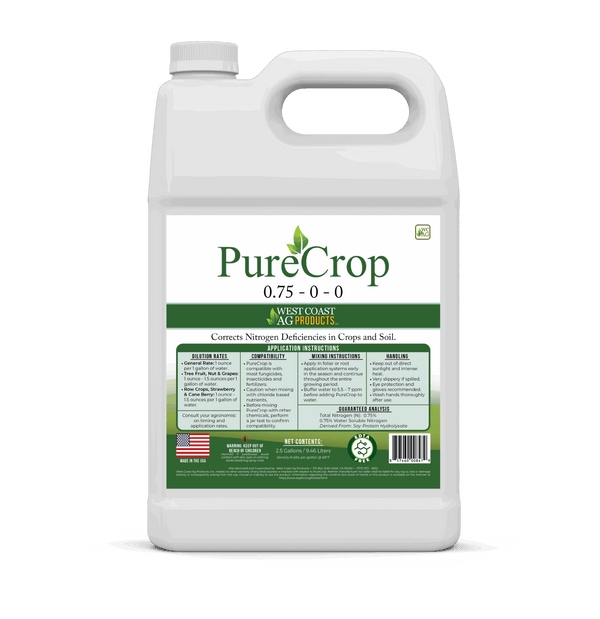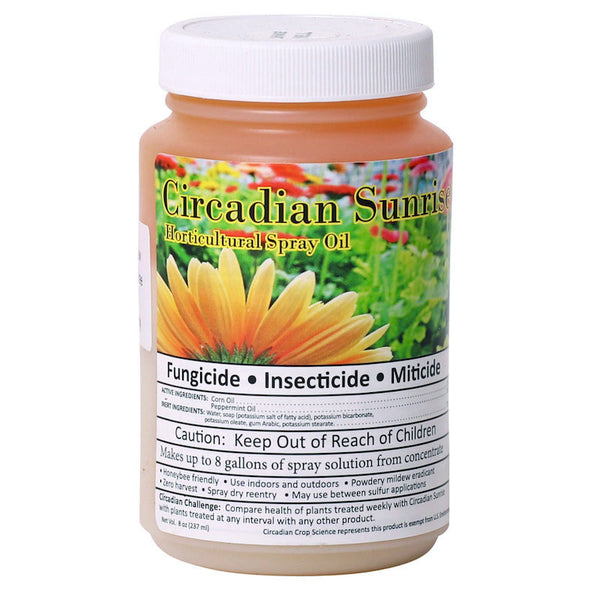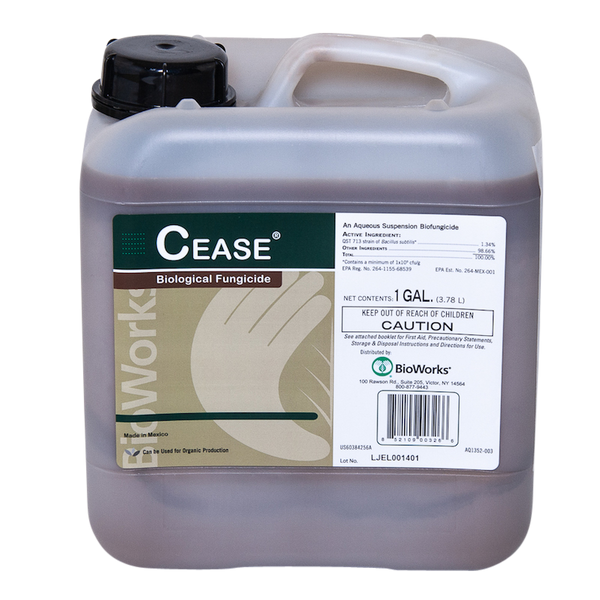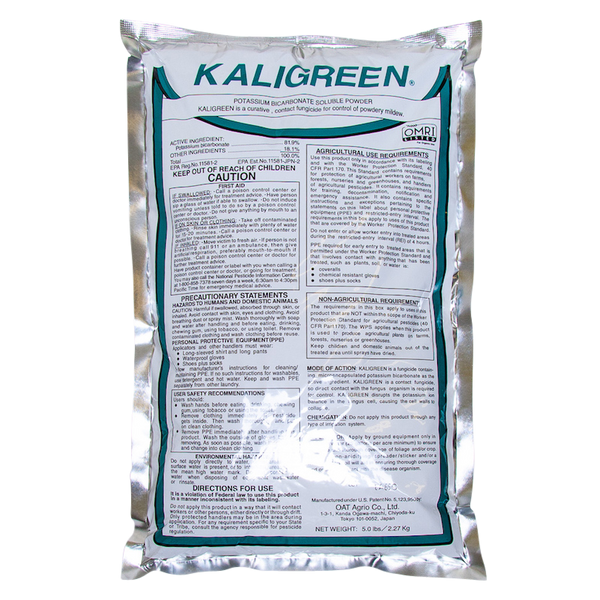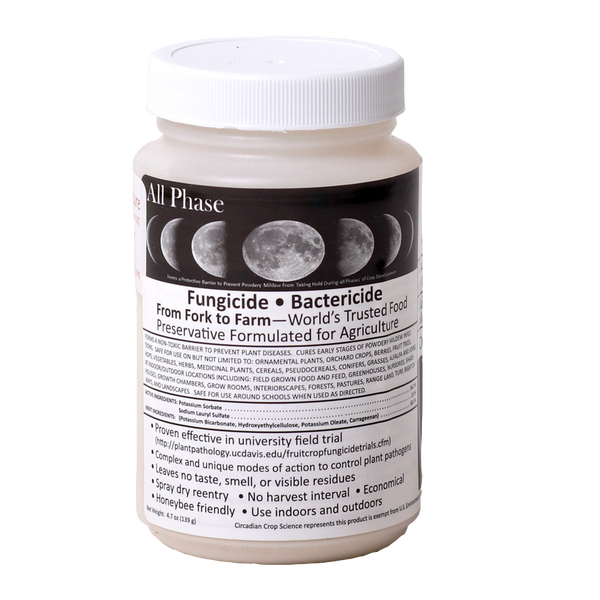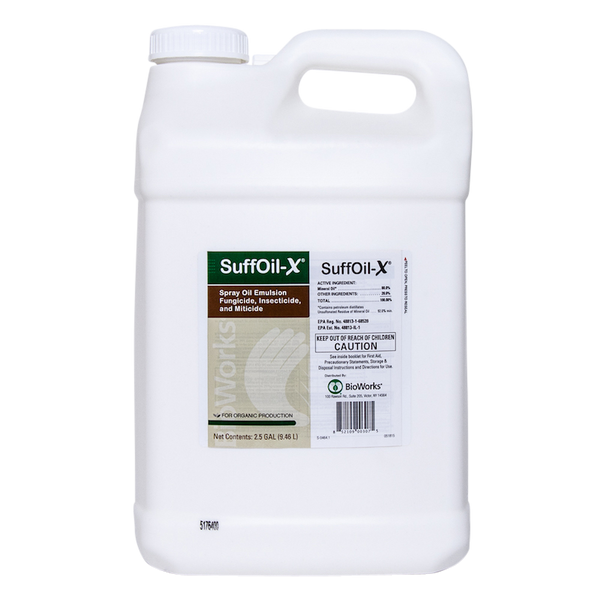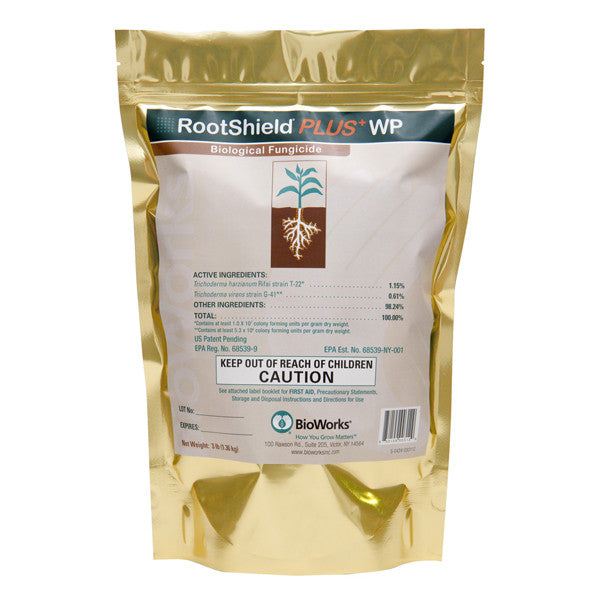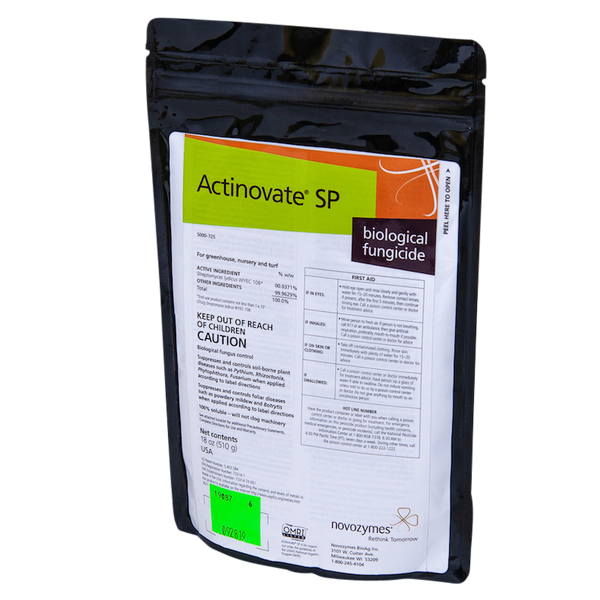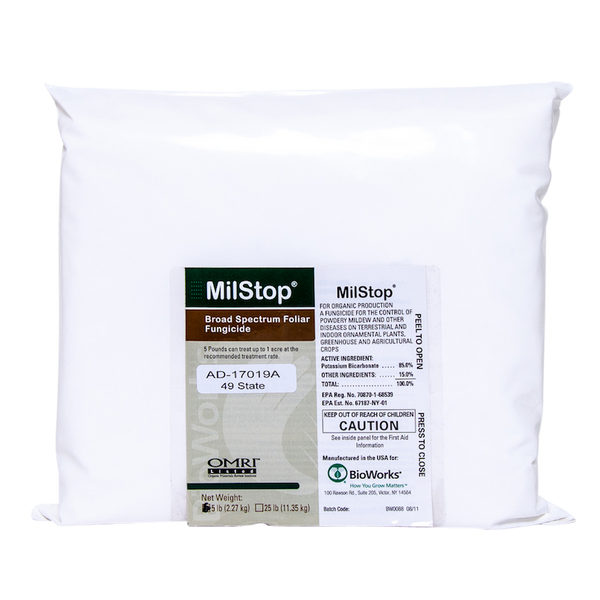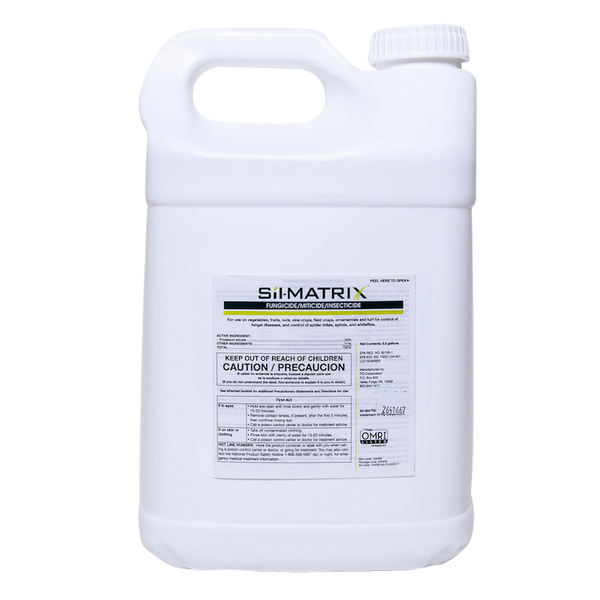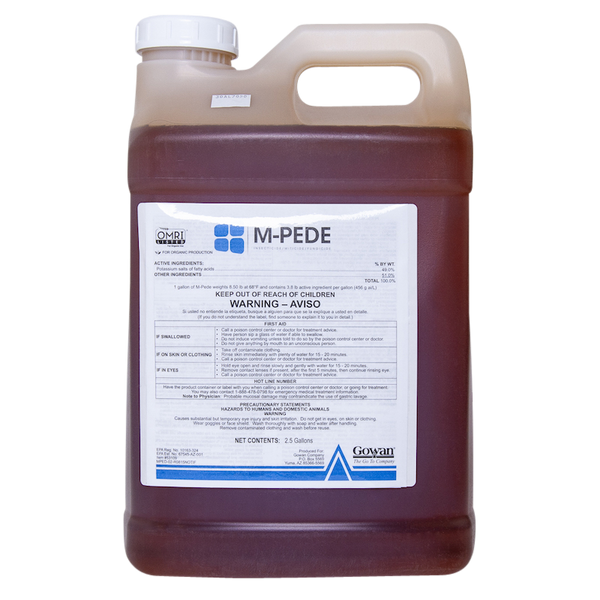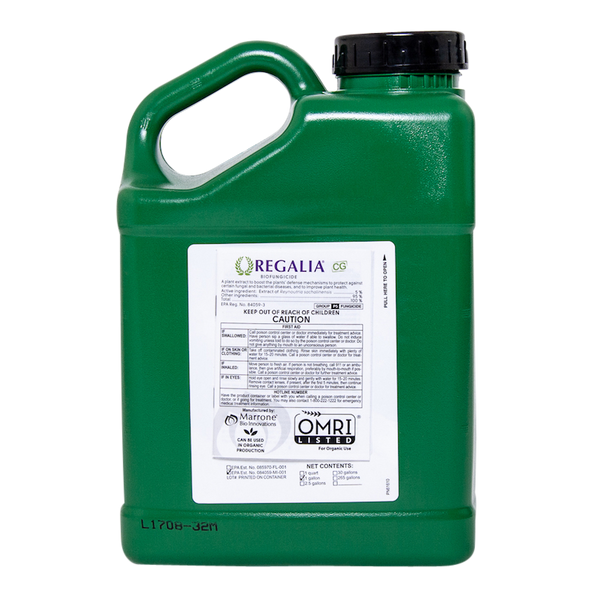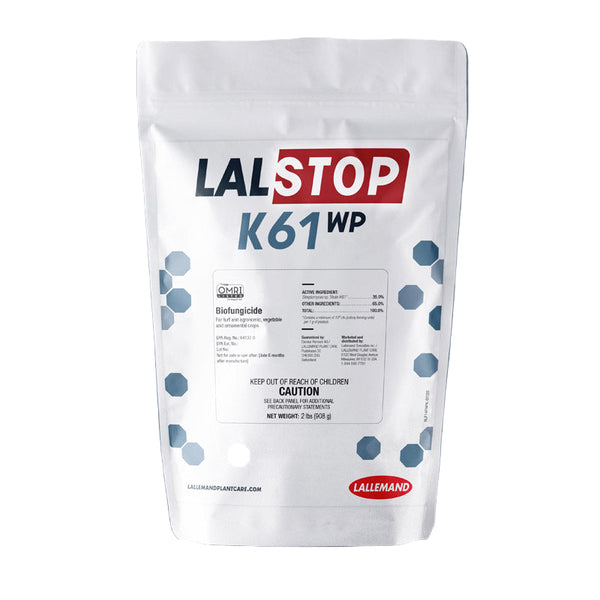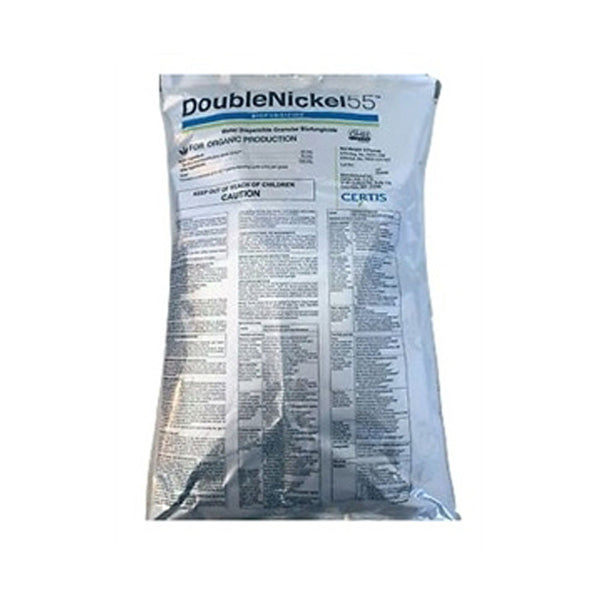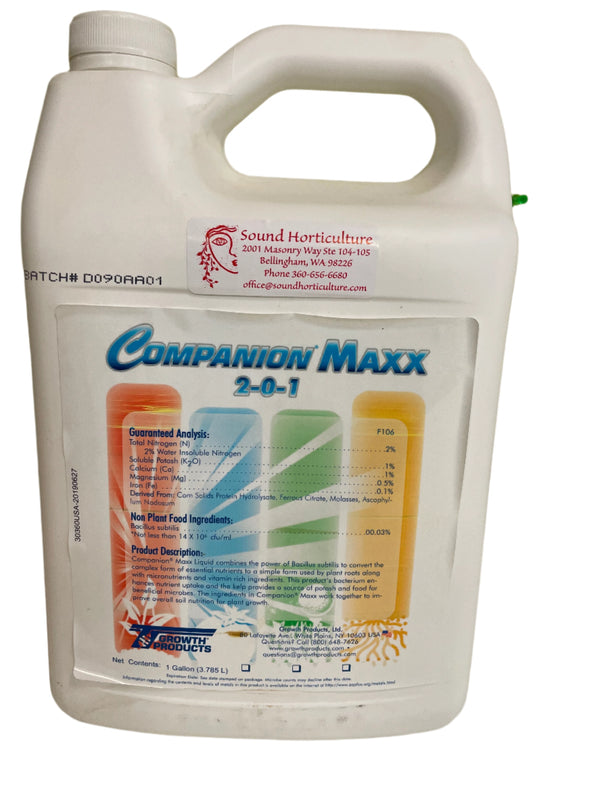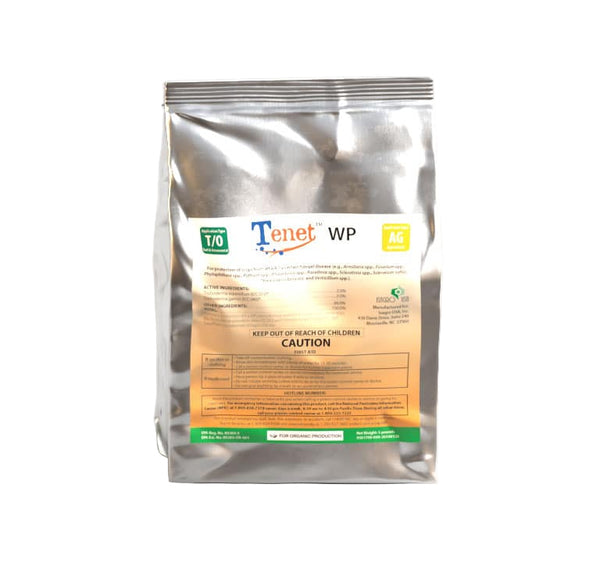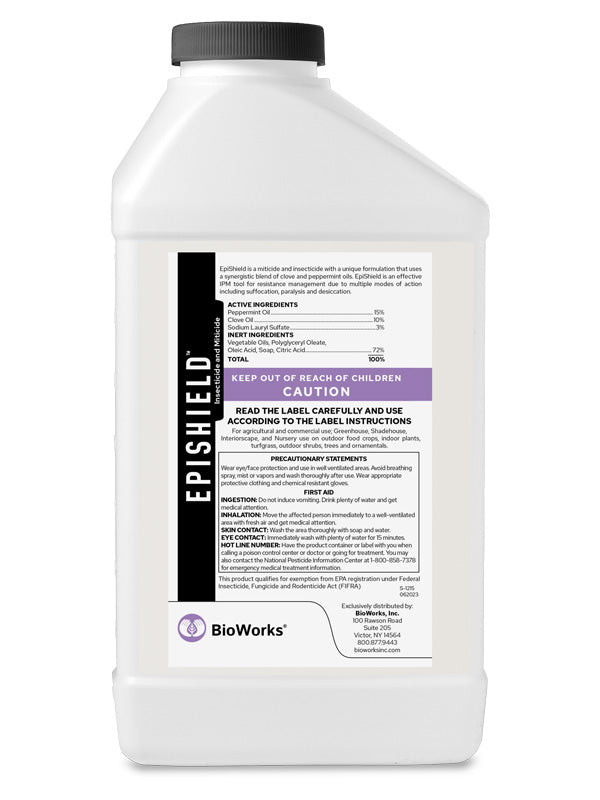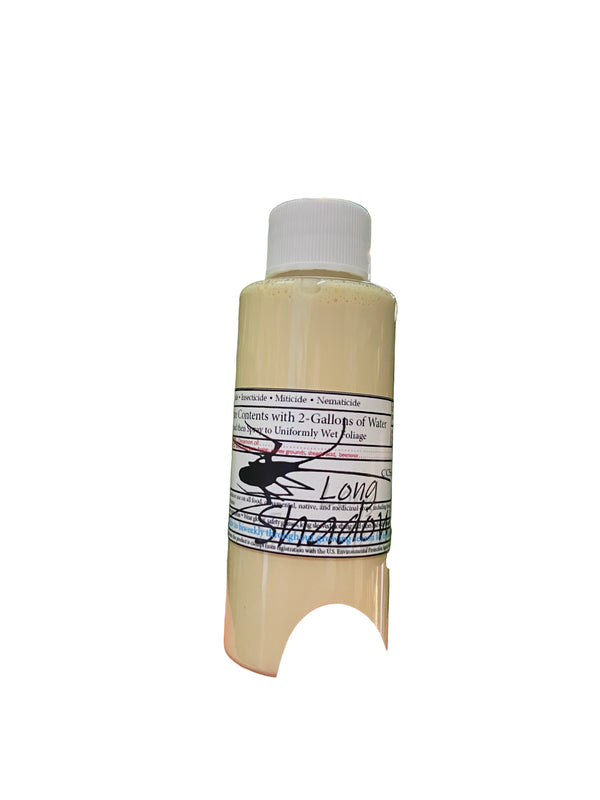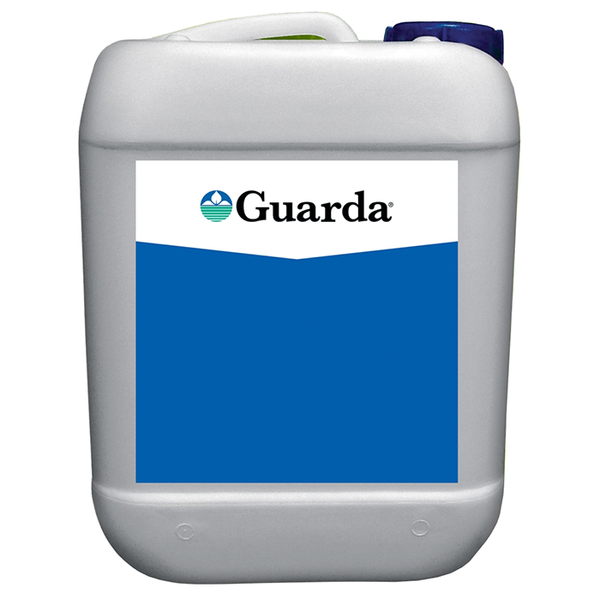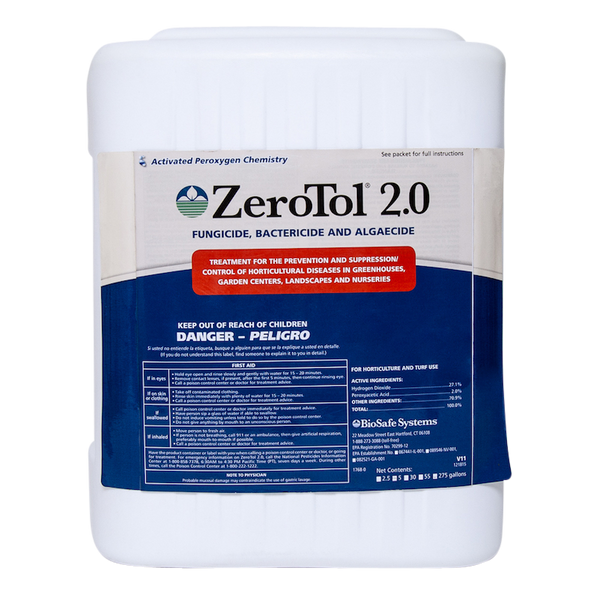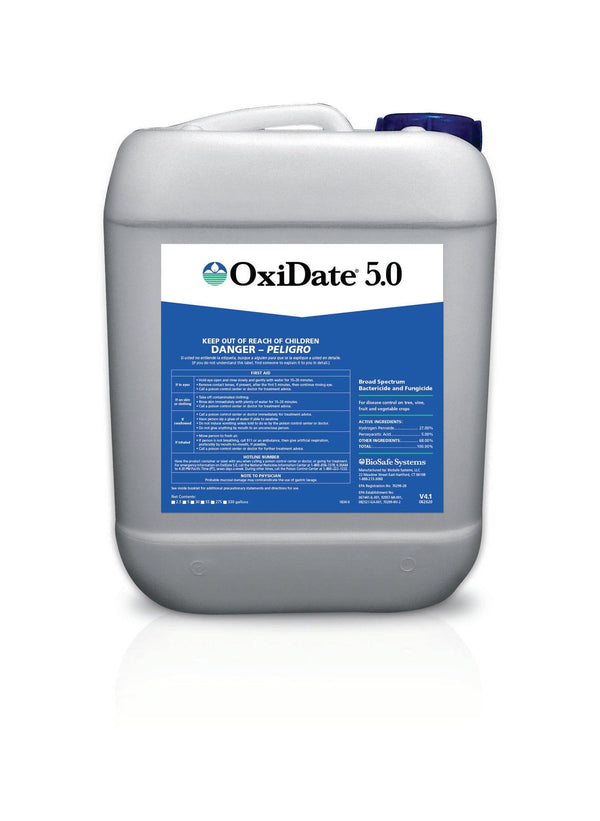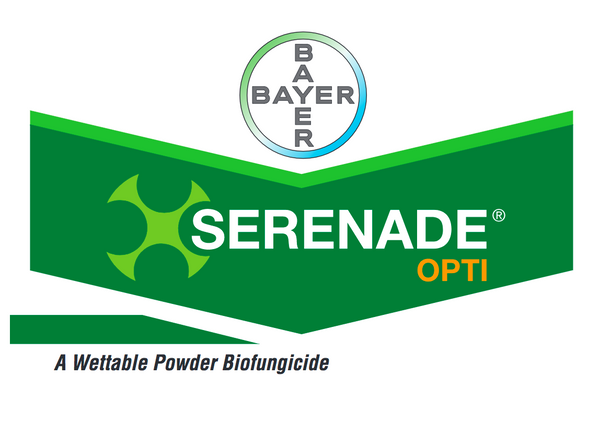Fungal Disease Control
Fungal parasites are the most prevalent cause of plant diseases. The easiest way to identify a fungal infection is the presence of signs, or the physical evidence of the pathogen. These include hyphae, mycelia, fruiting bodies and spores. Diseases include canker, damping off, scab, soft and dry rot, blight, dieback, galls, leaf curl, wilt, mildew and rust.
Foliar Diseases
ANTHRACNOSE BOTRYTIS LEAF SPOT
Root, Stem and Crown Diseases
PHYTOPHTHORA PYTHIUM RHIZOCTONIA
SCLEROTINIA THIELAVIOPSIS
Damping off is the phenomenon of harmful fungi and other parasites that attack young plants such as seeds or sprouts as they are starting to germinate. Infected plants will become mushy, dark, and will fall over as they decay and rot from the fungus. Seedlings will either fail to raise above the soil surface or exhibit a constricted stem that shrivels and cuts off access to water and nutrients, resulting in fatality of the seedling. Organisms such as Pythium, Fusarium, Rhizoctonia, and Phytophthora can all cause damping off but Pythium is the most common.
Always review product labels prior to purchase to confirm your purchase is labeled for the specific pest, disease and/or crop you are treating. Accurate identification of pest and/or disease is essential to successful treatment, as are proper cultural and sanitation practices. Local extension offices can help identify pests and diseases. Additionally, feel free to send us images and we will do our best to assist you.

